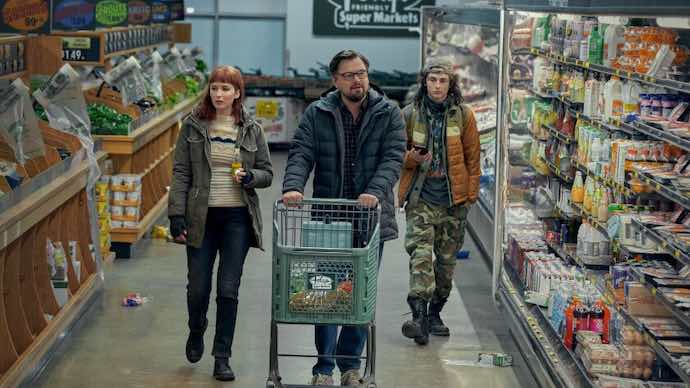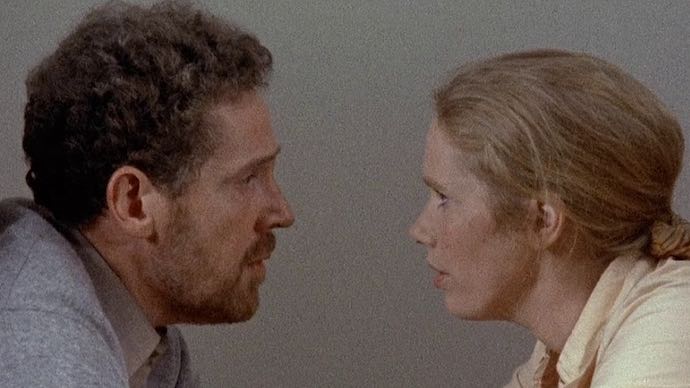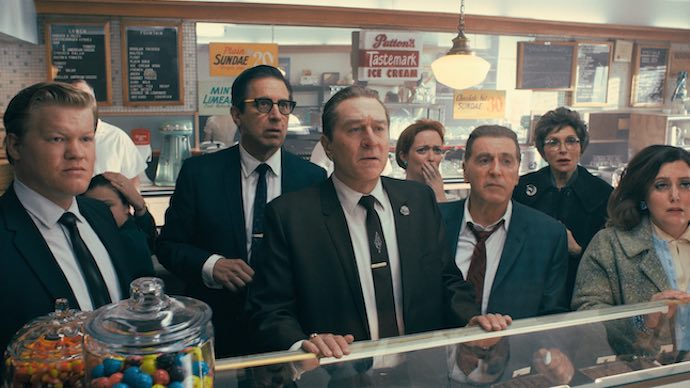In the modern cinema, few have had greater influence on the movie-going experience than James Cameron. The esteemed director of Titanic and Aliens spent much of his cutting-edge career pushing studios toward bigger budgets and experimentation with visual effects.
James Cameron has successfully held his finger to the pulse of society to find out what people want from their cinematic experience—and during a recent interview, Cameron put forward another idea, this time in the wake of the streaming era.
To boil it down, James Cameron thinks that streaming releases and theatrical releases should show different versions of the same film. It's not unlike how Ingmar Bergman pictures used to be released: as a TV series on one medium, as a film in cinemas.
Cameron argues that theatrical releases should be shorter cuts of the film, which keep cinemas alive, while allowing directors to have their own extended versions of their movies available for wider release on other platforms—such as streaming services.
Here's a deeper look at James Cameron's theory of theatrical versus streaming releases and what effect that could have on cinema, theaters, and streaming culture.
The Home Media Experience

There's a reason why streaming has rapidly risen throughout the world as the preferred option for the general viewing public: it's comfortable, especially during the current era of a global pandemic.
When Ingmar Bergman chose to recut his projects for the cinema screen, it was during an era when TV screens were blurry and low-resolution. That meant his theatrical cuts were an option for those who wanted to see his works in all their full glory.
This is no longer a relevant argument for most, as at-home viewing technologies have drastically improved, even to the point that home cinemas can match most theatrical experiences.
For the bulk of the public who have access to their favorite streaming services, the experience gap between theaters and streaming is almost negligible, hence the decline in cinema-goers.
The Modern Cinema Experience

Since streaming has exiled the DVD/Blu-ray/VHS home media market to the dust heap, producers have changed up the concept of what a straight-to-home-media movie is.
These days, straight-to-video movies aren't always ridiculed like they used to be. Indeed, a good Netflix movie can be a big deal, even attracting the attention of stars left, right, and center.
This change in perspective on the quality of streaming movies has brutally impacted the cinema market: movie theaters are now mostly reserved for blockbuster films with grand visuals and sounds.
The recent performance of Spider-Man: No Way Home shows that audiences are still willing to go and experience a theatrical release as long as the theatrical experience is commensurate.
James Cameron's concept takes aim at putting butts back into multiplex seats. But audiences no longer want to spend money on movies when they can watch at home, so it's hard to see Cameron's idea being the brilliant spark he might think it is.
Creative Control for Directors

One benefit for cinephiles—and those who work on projects under heavy studio pressure—is that exercising creative control becomes far more straightforward if a project can be released on streaming services.
The luxury of what the industry calls "final cut" is no longer common for filmmakers. If any, it's all but extinct.
Case in point: Blade Runner. The original movie released in 1982, but it took another 30 years for Ridley Scott to turn it into the movie he originally wanted to make—not the butchered version that resulted from studio interference. (Blade Runner: The Final Cut came out in 2007.)
With the prevalence of streaming services, this shouldn't be too much of an issue anymore. The theatrical cut can always hit cinemas, while director's cuts can be made available via streaming.
The danger of this would be the risk of filmmakers becoming so obsessed with their vision that they neglect the theatrical cuts, leaving theater audiences underwhelmed—perhaps even deliberately so.
Streaming vs. Theatrical

The endgame for James Cameron's concept is that the public will eventually have to choose between the shorter theatrical release or the more convenient streaming release.
The ability to watch a series in the solace of one's home at whatever pace is most individually comfortable? That's a huge advantage for streaming services over theaters. Putting the "fully realized" version of a project on streaming services is only bolstering that advantage further.
A shorter theatrical cut would have its own benefits, of course, like the community experience of watching a film—even a truncated one. Most of the time, that's the superior way to experience a movie.
But we're creatures of comfort. If you give audiences the option to watch from home, most of them will choose it—and that's to the detriment of theatrical releases.
Impact on Box Office Revenue

While predicting the social effects can be tough, there are some glaring financial ramifications to James Cameron's idea.
For cinephiles, the thought of sitting in a dark room alongside other cinephiles to watch an extended cut of a film is one that's happy. It's relaxing, enjoyable, and something worth anticipating. But cinephiles make up a small minority of general audiences.
When people go to the cinema, they expect to see a film that's around 90 to 120 minutes long and provides enough entertainment to make their $15 ticket worthwhile. Few care to sit through a movie that's three or four hours long, even with an intermission. People are just too busy.
Releasing every movie as a diluted theatrical cut and a more in-depth streaming cut is counter to the reality of cinema-goer expectations. Indeed, it would most assuredly diminish appetites for cinema-goes, resulting in even less box office revenue.



